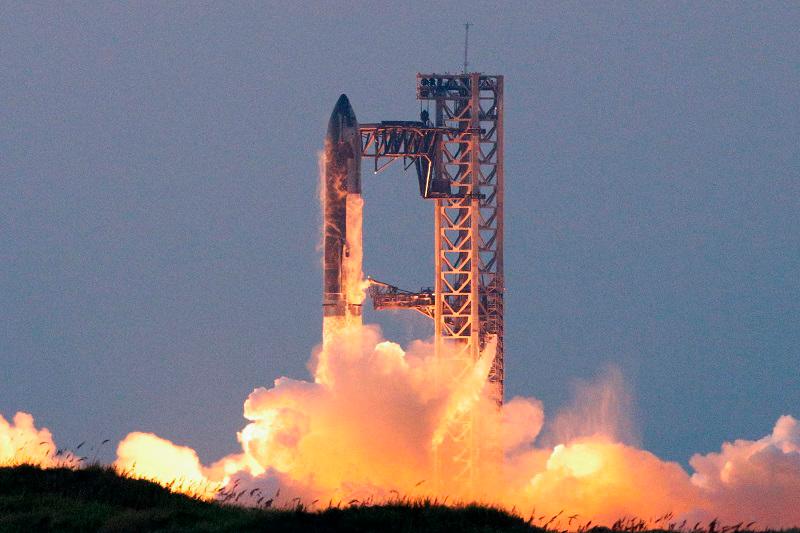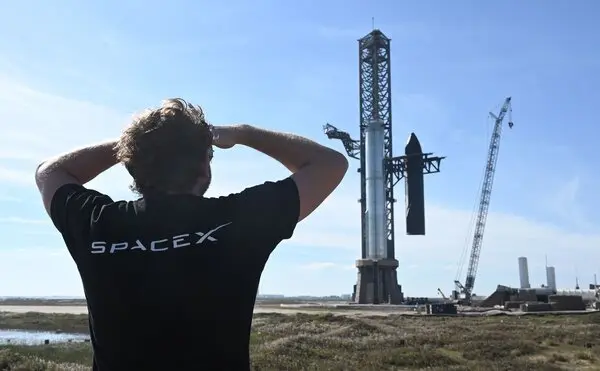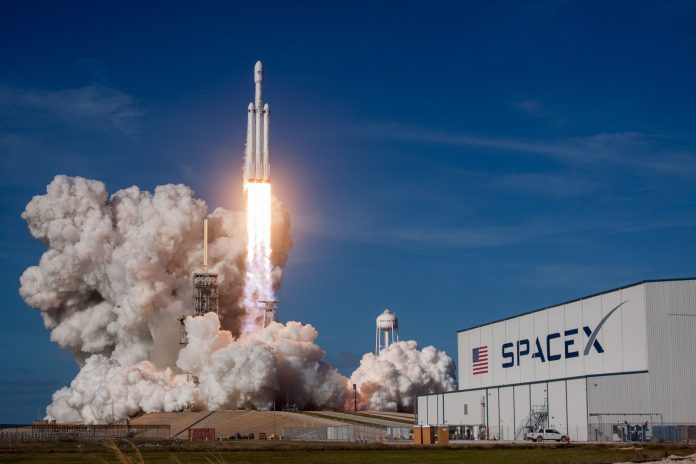SpaceX achieved another milestone in its quest to develop a fully reusable rocket system during its fifth Starship test flight on Sunday. In a ground breaking moment, the towering first-stage “Super Heavy” booster of the rocket successfully returned to its Texas launch pad and was caught by giant metal arms—marking a first for SpaceX’s cutting-edge rocket engineering. The launch took place at 7:25 a.m. CT from SpaceX’s Boca Chica facility, with the booster separating from the Starship second-stage rocket at an altitude of approximately 70 kilometres. The goal of the test was to demonstrate SpaceX’s vision of a fully reusable rocket that can be recovered and reused to reduce space travel costs and push human space exploration forward.

The recovery of the Super Heavy booster involved an impressive maneuverer. After separating from the second stage, which continued its journey towards space, the 233-foot booster began its descent back to Earth. To slow its fall, the booster reignited three of its 33 Raptor engines, targeting a precise landing back at the launch site. What made this test unique was that the booster didn’t land on a flat pad; instead, it was caught by two large metal arms attached to the launch tower. These arms grabbed onto the rocket’s four forward grid fins, which the booster had used to steer itself during its descent. SpaceX CEO Elon Musk celebrated the success on social media, stating, “The tower has caught the rocket!!”

This novel “catch-landing” method represents a major leap forward in SpaceX’s test-to-failure development strategy. The goal is to create a fully reusable rocket that can transport cargo, astronauts, and eventually passengers to the Moon and Mars. Musk envisions that Starship, SpaceX’s flagship rocket, will play a pivotal role in NASA’s lunar missions, as well as in the future colonization of Mars. The successful recovery of the booster in this test is a crucial step toward achieving that goal, further demonstrating the reusability and reliability of SpaceX’s rocket technology.

The launch and catch came just a day after the U.S. Federal Aviation Administration (FAA) approved SpaceX’s license for the test flight. SpaceX’s relationship with the FAA has been tense at times, as the company has pushed for faster approvals while facing fines and regulatory scrutiny over other launches, particularly its workhorse Falcon 9 rocket. The Starship rocket, first unveiled by Musk in 2017, has gone through numerous tests, with several early prototypes exploding in flight. However, these setbacks are part of SpaceX’s rapid iteration and development process, and in June 2023, Starship completed its first full flight, cementing the rocket’s potential for future missions.
This latest test of the Starship system marks a significant step forward in SpaceX’s plans to revolutionize space travel. By catching and reusing the Super Heavy booster, the company aims to make rocket launches more efficient and cost-effective. With the ultimate goal of ferrying humans to the Moon, Mars, and beyond, Musk’s vision of interplanetary travel is one step closer to reality. As SpaceX continues to push the boundaries of space exploration, each test, success, and failure brings us closer to the dawn of a new era of human spaceflight.





